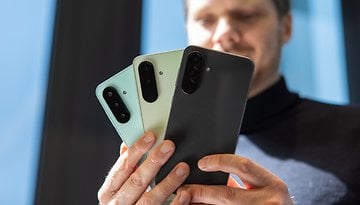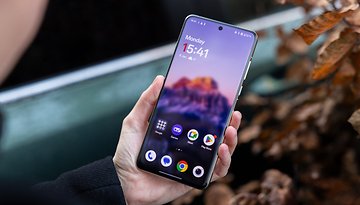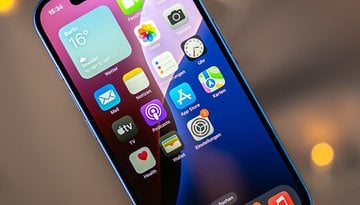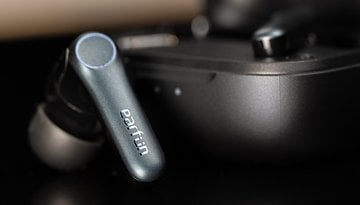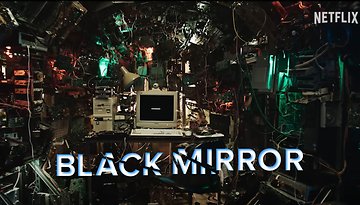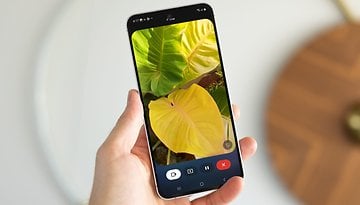Xiaomi 12T vs. 12T Pro compared: Is the upgrade worth it?
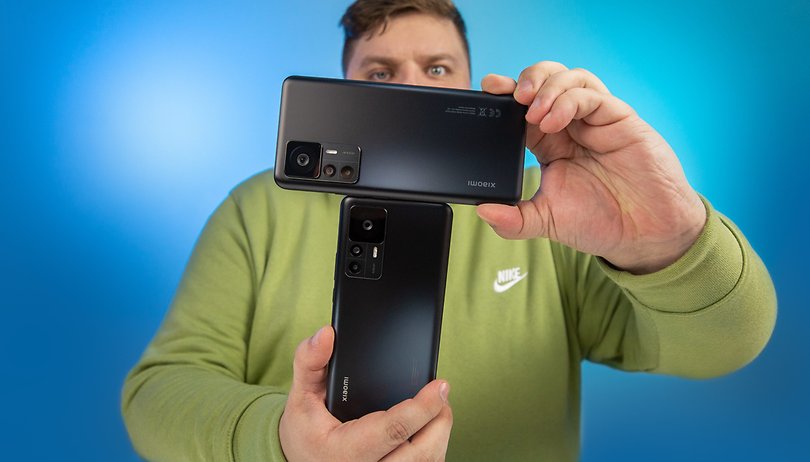

Xiaomi has just unveiled the new upper-class smartphones Xiaomi 12T and Xiaomi 12T Pro at its first global event outside of China. The $800 Xiaomi 12T Pro is the first Xiaomi smartphone with a 200-megapixel camera, and the $150 cheaper 12T has an interesting processor. NextPit shows you the differences between the 12T and 12T Pro in detail.
Xiaomi 12T and Xiaomi 12T Pro in direct comparison
| Pro model | Vanilla model | |
|---|---|---|
| Product |
Xiaomi 12T
|
Xiaomi 12T Pro
|
| Image |

|

|
| Display | 6.7 inch, 20:9, AMOLED, 120 Hz, 2712 x 1220 pixels, 446 dpi | 6.7 inch, 20:9, AMOLED, 120 Hz, 2712 x 1220 pixels, 446 dpi |
| SoC | MediaTek Dimensity 8100 Ultra | Qualcomm Snapdragon 8+ Gen 1 |
| Memory | 8 GB RAM | 128 / 256 GB internal | 8 GB RAM | 256 GB internal |
| Software | Android 12 with MIUI 13 | Android 12 with MIUI 13 |
| Rear camera | Triple camera Main camera: 108 megapixels, 1/1.67", f/1.7 aperture Ultrawide angle: 8 megapixels, 1/4", f/2.2 aperture Macro camera: 2 megapixels, 1/5", f/2.4 aperture |
Triple camera Main camera: 200 megapixels, 1/1.22", f/1.69 aperture Ultra wide-angle: 8 megapixels, 1/4", f/2.2 aperture Macro camera: 2 megapixels, 1/5", f/2.4 aperture |
| Front camera | 20 megapixels, 1/3.47", f/2.24 aperture | 20 megapixels, 1/3.47", f/2.24 aperture |
| Battery | 5,000 mAh 120 Watt Quick-Charging |
5,000 mAh 120 Watt Quick-Charging |
| Connectivity | 5G, LTE, Wi-Fi 6, Bluetooth 5.3, USB Type-C, NFC, GPS | 5G, LTE, Wi-Fi 6, Bluetooth 5.2, USB Type-C, NFC, GPS |
| IP | no | no |
| Colors | Black, Silver, Blue | black, silver, blue |
| Dimensions | 163.1 x 75.9 x 8.6 mm | 163.1 x 75.9 x 8.6 mm |
| Weight | 202 g | 205 g |
| Advantages |
|
|
| Disadvantages |
|
|
| Rating |
|
|
Jump to:
- Xiaomi 12T vs 12T Pro: Display and case
- Xiaomi 12T vs 12T Pro: Performance and connectivity
- Xiaomi 12T vs 12T Pro: Cameras
- Xiaomi 12T vs 12T Pro: Software
- Xiaomi 12T vs 12T Pro: Battery and quick charging
- Xiaomi 12T vs 12T Pro: Price and availability
- Xiaomi 12T vs 12T Pro: Conclusion
Xiaomi 12T vs 12T Pro: Display and case
When it comes to display and casing, the Xiaomi 12T and 12T Pro don't differ at all at first glance - and also at second and third glance. The smartphones come in exactly the same format with 16.3 x 7.6 centimeters and 8.6 millimeters of thickness. Both smartphones are quite heavy with 202 grams.
The Xiaomi 12T Pro and 12T use the exact same 120 Hz AMOLED screen with a diagonal of 6.67 inches. Depending on the content, the frame rate is 30, 60, 90 or 120 Hz. With a resolution of 2712 x 1220 pixels, the panel has a resolution of 446 dpi. There is also support for HDR10+ and a maximum display brightness of 900 nits.
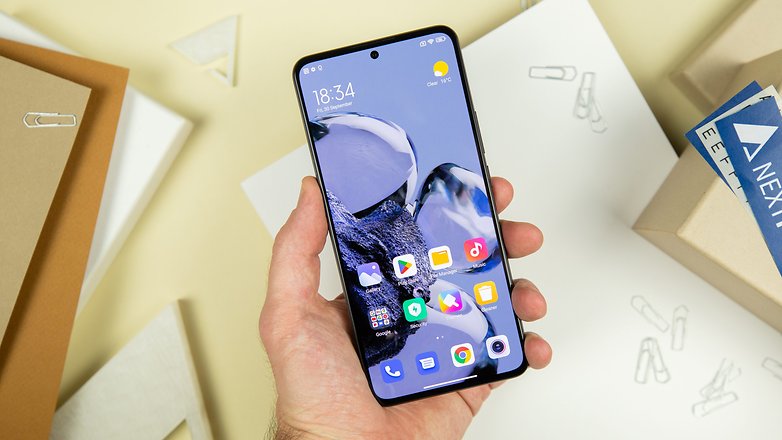
You won't find an IP certification on both devices, but both the Xiaomi 12T and the 12T Pro feature Gorilla Glass 5 to protect the display. Both devices come in black, silver and blue.
Xiaomi 12T vs 12T Pro: Performance and connectivity
While there are practically no differences to report on the exterior, the next point becomes more exciting—because the Xiaomi 12T and 12T Pro primarily differ under the hood (and with the camera). While the 12T Pro relies on the Snapdragon 8+ Gen 1, the Xiaomi 12T uses the still rather unknown MediaTek Dimensity 8100 Ultra.
The MediaTek SoC scores 919 points in single-core and 3.723 points in multicore mode in Geekbench 5. Thus, the SoC is clearly above mid-range chips like the Snapdragon 778G, but does not quite come close to the flagship class. For example, the Snapdragon 8+ Gen 1 achieves 1.325 and 4.310 points, respectively, in our review of Motorola's Edge 30 Ultra. The bottom line is that the performance difference is relatively small and should hardly be noticed in everyday use.
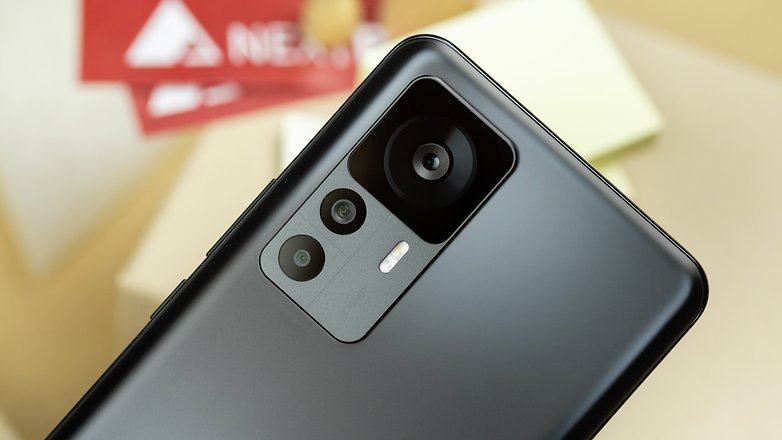
Xiaomi offers the 12T with either 128 or 256 GB of internal storage and 8 GB of RAM. The 12T Pro also comes with a third version with 12 GB of RAM and 256 GB of storage. Xiaomi relies on LPDDR5 RAM and UFS 3.1 storage here as well, but there is no expansion option.
In terms of connectivity, both smartphones naturally support 5G and dual-SIM including all important bands for Germany. In addition, the 12T and 12T Pro offer NFC and Bluetooth, whereas the "small" 12T supports Bluetooth 5.3 and the 12T Pro only Bluetooth 5.2. Both Xiaomi smartphones have stereo speakers and an IR blaster.
Xiaomi 12T vs 12T Pro: Cameras
A big selling point for the Xiaomi 12T Pro will be the camera, which resolves at a whopping 200 megapixels. The Isocell HP1 comes in a 1/1.22-inch format and gives the pixels 0.64 microns of space. When shooting, you have the choice between 4-in-1 and 16-in-1 binning, giving you a 50 and 12.5 megapixel resolution respectively. The camera offers an F1.69 aperture and an optical image stabilizer.
The Xiaomi 12T on the other hand comes with "only" 108 megapixels and relies on the Isocell HM6 in a 1.67-inch format here. The pixel size of 0.64 microns is identical to the 12T Pro, but there is less room for digital zooming. You get 12 megapixel photos via 9-in-1 binning. An optical image stabilizer is also on board, and the aperture ratio is f/1.7.
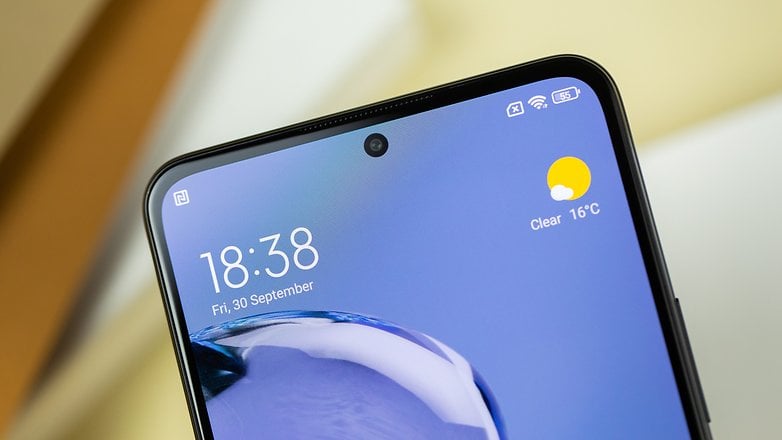
The other two cameras are identical in the Xiaomi 12T and 12T Pro: You will find an ultra-wide-angle camera with 8 megapixels (1/4 inch) and a macro camera with 2 megapixels (1/5 inch) in each case. While the macro camera falls into the "superfluous" category, the two Xiaomi smartphones can do without a telephoto camera quite well.
After all, the 108-megapixel and especially the 200-megapixel sensor have plenty of room for digital zooming. The Xiaomi 12T Pro in particular offers some special modes.
Last but not least, both smartphones offer the same 78-degree selfie camera with 20 megapixels of resolution on a relatively small 1/3.47-inch sensor. The pixel size is 0.8 microns, and the aperture is F2.24.
Xiaomi 12T vs 12T Pro: Software
The Xiaomi 12T and 12T Pro each run MIUI 13 based on Android 12 at launch. When asked, Xiaomi stated that there would be three years of Android updates. That means that Android 14, which will be released in 2023, will probably be the last major software update. And you will get security patches for four years. You can read more about the operating system in our review of MIUI 13.
Xiaomi 12T vs 12T Pro: Battery and quick charging
The Xiaomi 12T and 12T Pro each have a 5000 mAh battery. Both smartphones support 120 watts HyperCharge—in the pre-release test, it took just 28 minutes for the Xiaomi 12T to charge the battery from zero to 100 percent. And the best part: The 120-watt charger is included in the scope of delivery of both smartphones.
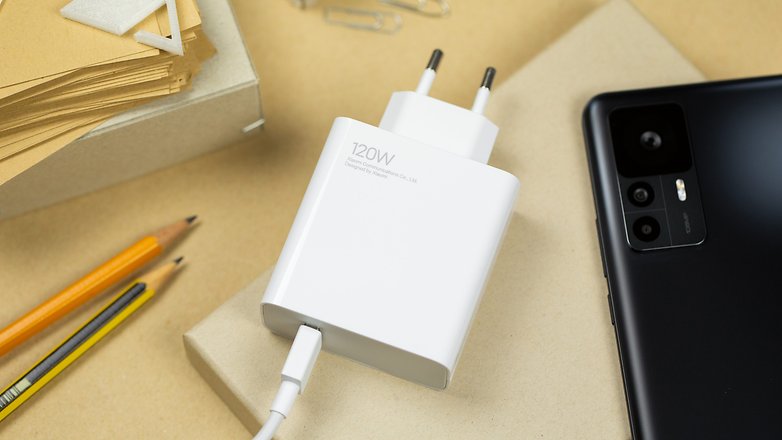
We cannot make any statements regarding the battery runtimes at this point. However, it will definitely be exciting to see how the two almost identical smartphones perform here with the different SoCs from Qualcomm and MediaTek.
Xiaomi 12T vs 12T Pro: Price and availability
The Xiaomi 12T and 12T Pro are not available to purchase in the U.S. for now. In Europe, the 12T costs around $600 (€599.90) in the base configuration with 8 GB RAM and 128 GB storage. With 256 GB of storage, the 12T then costs around $650 (€649.90). Since the storage cannot be expanded via microSD card, you should think twice before buying the larger version.
Finally, the Xiaomi 12T Pro with 8 GB RAM and 256 GB storage costs around $800 (€799.90).
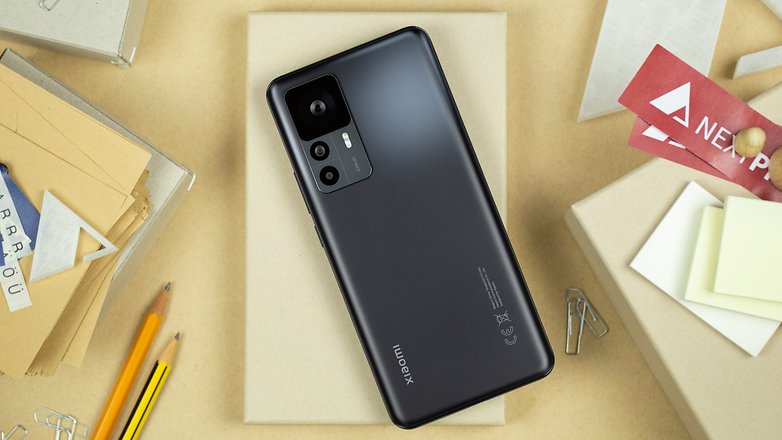
Xiaomi 12T vs 12T Pro: Conclusion
According to first impressions, Xiaomi delivers two exciting upper-class smartphones with the 12T and 12T Pro, which are aggressively priced at well under $1000. Those who can do without the tricks of the 200-megapixel camera should find a great price-performance ratio especially in the Xiaomi 12T, because at least according to the first impressions, the smartphone with the great display, the 108-megapixel camera and the 5000 mAh battery including 120-watt fast charging is a really well-rounded device.
However, the mentioned 200-megapixel camera and the MediaTek SoC remain big question marks. Detailed tests will have to show how much added value the ultra-high resolution brings in practice—and whether the Dimensity 8100 Ultra convinces in everyday use. As soon as we have completed our test reports, we will update this article.
- Read more: The best Xiaomi smartphones in 2022
